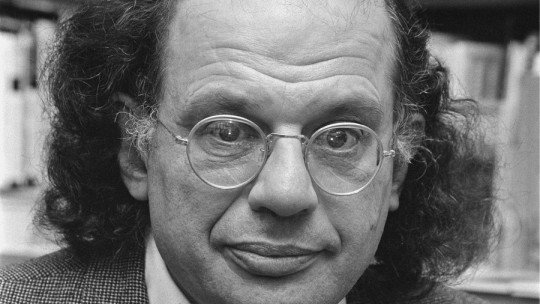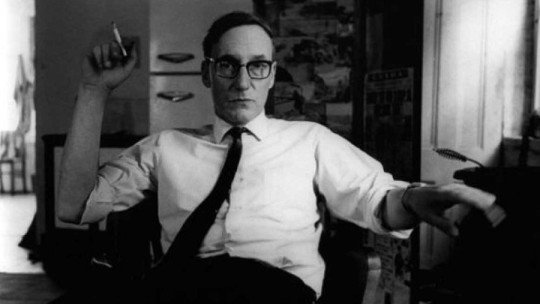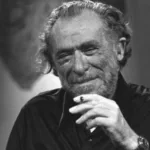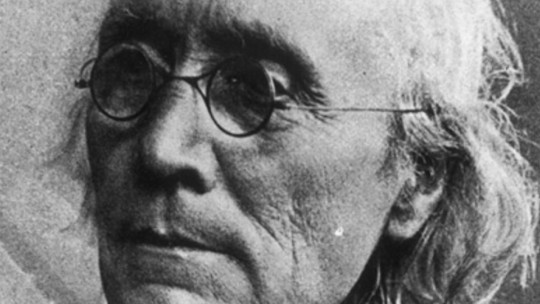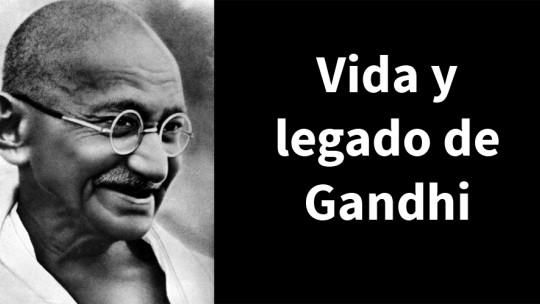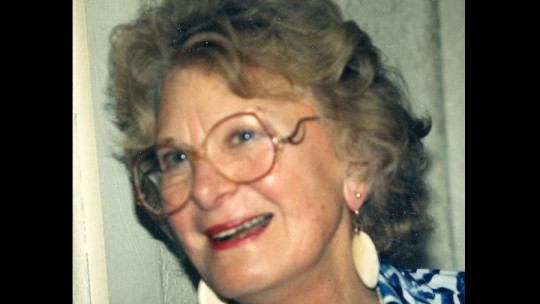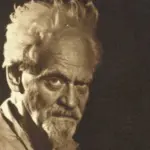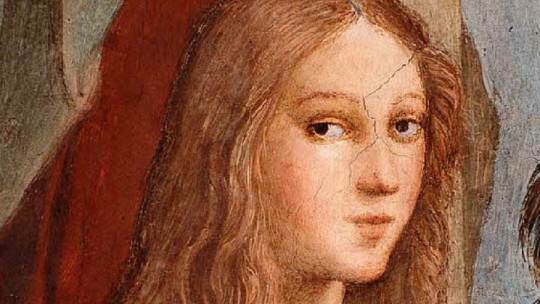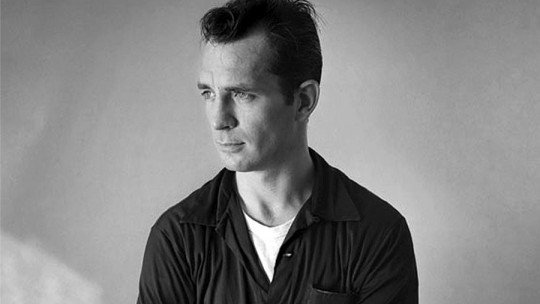
Of all the illustrious members, let’s say “originals”, of the one known as Beat GenerationJack Kerouac (1922-1969) was probably the most spiritual Catholic by family tradition and also by deep conviction, the existence of the so-called “father of the Beat Generation” was a constant search for the authentic meaning of life. Although other members, such as his great friend Allen Ginsberg (1926-1997), were also interested in spiritual issues (especially linked to Buddhism), it is unquestionable that it was Kerouac who tried to find answers in a more vehement way and, above all, much less politics.
All of this, of course, mixed with drugs, alcohol, tobacco and sex, essential characteristics of the Beat Generation. In fact, it was probably this uncontrolled life that ended the life of Kerouac, who died due to internal bleeding, when he was only 47 years old.
Join us to discover the life path of the member of the Beat Generation who coined the name, inspired by his beloved jazz cadences, which would influence his work so much. We tell you about the turbulent existence of the writer who defined the name of the United States literary group, Jack Kerouac.
Brief biography of Jack Kerouac, the “father of the Beat Generation”
We must grant the nickname with the permission of William S. Burroughs, of course, who was, in reality, the most controversial member of the group, and also the oldest. However, Jack Kerouac was the one who imposed the name Beat to refer to the movement, although he later declared that he did not feel comfortable with the distortion of the term that had begun to be used in the 1960s: the beatnikssince it seemed to him that they indicated a kind of “Soviet spies.”
The mother, always the mother
It is quite characteristic of cursed poets to have a strong maternal figure that contrasts powerfully with a practically absent father. We see it in Charles Baudelaire (1821-1867), who always got along badly with his stepfather, or in another of the cursed poets. canonicalArthur Rimbaud (1854-1891).
In the case of Jack Kerouac, his mother, Gabrielle-Ange Lévesque, was always his reference, and he returned to her whenever things got complicated. His relationship with his father, Léo-Alcide Kerouac, had been strained following the death of his older brother, Gérard, from rheumatic fever, when little Jack was only four years old. Léo-Alcide took to drinking and gambling, while Gabrielle-Ange, her mother, clung more than ever to her Catholic faith, which she passionately passed on to Jack.
The Kerouac family was of Canadian origin, from the Quebec area. In fact, Jack didn’t learn to speak English until he was six, and his first language was always French The surname Kerouac, with a strange sound, has its origin, according to some researchers, in French Brittany. However, the family used to associate their surname with nobility; Jack himself often signed himself as Jean-Louis Lebris de Kérouack, thus linking his name to Baron Lebris de Kérouack.
The most spiritual of the group
Be that as it may, Jack Kerouac was born in Lowell, a small town in Massachusetts, United States, in March 1922. The contrast between the tranquility of the countryside and the stress of the big city would produce his first novel years later, The Town and the City (translated as “The City and the Country”), in which, appealing to the guidelines of the Beat Generation, it describes how the city annihilates the spirituality and lives of its citizens.
It will be precisely this exacerbated spirituality that will move Kerouac’s entire existence, who, despite his Catholic convictions (established by his mother and the Catholic environment of his first school) also will make incursions into Buddhism, another of the characteristics of many of the members of the movement beat One of his great friends, Allen Ginsberg, would be seduced in his later years by the teachings of the Buddhist Chögyam Trungpa.
The restless and sensitive Jack soon becomes interested in literature. At the age of seventeen he began to write, deeply influenced by authors such as Jack London (1876-1916) or Ernest Hemingway (1899-1961). It is the 1930s of the 20th century, and the world is heading towards another world war, from which the United States will emerge more victorious and imperialist than ever. All of this will greatly influence the young people of the Beat Generation, who will dedicate a large part of their writing (especially its most vocal author, Ginsberg) to denouncing American militarism and consumerism.
Kerouac’s work is not as vindictive as that of his colleagues, and he leans towards an apotheosis of friendship, nature and, above all, the search for God In fact, in the mid-1960s she broke off his friendship with Ginsberg because of his political affiliations. They had met in 1943, when one of the original members of the Beat Generation, Lucien Carr, introduced them.
Precisely together with Carr, Jack Kerouac starred in one of his most notorious cases, as he was called as a witness in the murder trial that implicated his friend, who had ended the life of David Kammerer, a sexual harasser who had become obsessed with Lucien. In 1945, Kerouac co-writes with fellow beatnik William S. Burroughs the play And the Hippos Were Boiled in Their Tanks (“And the hippos were cooked in their tanks”), a short novel that collects the details of Kammerer’s murder and was not published in its entirety until 2008.
Drugs, women and books
In 1946, Kerouac’s first novel appeared, the aforementioned The Town and the City, which would begin an unstoppable literary career. In those years, the young Kerouac was already deeply influenced by the consumption of drugs, especially Benzedrine, which he would combine for the rest of his life with other substances such as peyote, dexedrine and alcohol. In fact, it was quite common, especially in his later era, for Kerouac to appear drunk before the public.
His love life was equally exciting. Married three times, his first marriage (to Edie Parker) was declared void; the second, which united him with Joan Haverty, ended in divorce. The third (with Stella Sampas), ended due to the premature death of the writer, in 1969. With Haverty she had her only daughter, Janet, born months after her parents’ separation and whom the author only saw twice and which would practically be ignored. In the meantime, Jack Kerouac had time to accumulate a huge number of affairs, among them an alleged relationship with Carolyn Cassady (1923-2023), the wife of his friend Neal Cassady who, by the way, also stood out not only as a muse, but as a beat writer.
Despite the emotional hurricane, fueled by sex, drink and drugs, Kerouac had time to leave a colossal literary heritage for posterity He wrote his best-known work, on the road (On the road), in just three weeks and, according to himself, with a single roll of paper stuck in the typewriter, so as not to waste time replacing the pages. Many consider On the Road the starting point of the Beat Generation, with the permission of howl (Howl), by Ginsberg.
And the book clearly shows the technique used by Kerouac to give dynamism and reality to his stories, what he called “spontaneous prose”, a literary form that draws not only from the avant-garde, but also from the cadence of jazz music
The eternal escape
on the road It is inspired by the car trips that Kerouac himself made together with Neal Cassady and that took them along all the roads of the United States until they reached Mexico. The style of the novel is choppy, nervous, apparently written with haste and restlessness, and at the same time connects with the deepest levels of consciousness and with an inexplicable beauty. There is a video, taken from Steve Allen’s television program (broadcast in 1959), in which Kerouac reads a fragment of his work while the presenter accompanies him with some jazz improvisations on the piano. Words and music, music and God; that was the ultimate essence of Kerouac’s creations.
It is the eternal escape, that running aimlessly and searching hard for the answers that life could not give While other beatniks seemed to find them in political and protest activity, like Allen Ginsberg, others, like Jack Kerouac, spent their lives running, fleeing from who knew what.
In 1954, the reading of A Buddhist Bible connects a God-thirsty Kerouac with Buddhism, and is the starting point for the writing of works such as Buddha Tells Us. 1950 is also the decade of works such as Mexico City Bluesa very long poem that is an authentic apology for “spontaneous prose”, or Tristessaa novel that is inspired by his love relationship with a Mexican prostitute.
It seems like Jack Kerouac is always escaping but never reaches his destination. The 60s are years of certain decline, both physical and literary; In 1968 he published The vanity of the Duluoza kind of autobiography of his tormented existence.
The following year, in October, Jack Kerouac unexpectedly begins vomiting blood. Emergency services can do nothing to save you; Internal bleeding took him to the grave at only 47 years old. Perhaps, at last, the eternal traveler thirsting for God has found the place he longed for throughout his life. Meanwhile, on earth, we are left with his works, an authentic symbol of an era and an entire generation.

